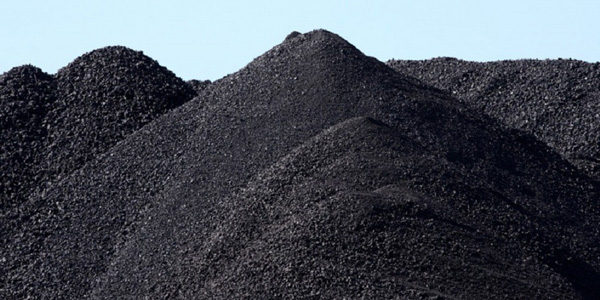By Amanda Durish Cook
A new study prepared for the American Coalition for Clean Coal Electricity (ACCCE) spotlighting the “resiliency” of coal-fired generators echoes the findings of a U.S. Department of Energy report released earlier this month.
Although the study by PA Consulting Group concludes that “no single electricity resource has all of the attributes necessary for a reliable and resilient grid” and that “a mix of resources is the best strategy,” it lauds coal generation for its “many critical attributes,” including stable fuel prices and an on-site fuel supply that can act as a hedge against potentially volatile natural gas prices, interruptible fuel deliveries and intermittent renewable and demand response resources.
The study’s release may prove to be an early salvo in the possible “fuel wars” predicted by one former senior FERC official who said that new FERC commissioners could break with agency tradition by each acting as advocates for favored types of resources. (See Coal Seeks ‘Resiliency’ Premium; FERC ‘Fuel Wars’ Coming?)
The study ranked generation resources on 11 attributes, giving coal high marks in all but black start capability.
The report is effectively a response to a study done by The Brattle Group for the American Petroleum Institute (API), which concluded that gas-fired generation is “relatively advantaged” in all but one of the 12 attributes identified in that study. (See NG Lobby Goes on Offensive vs Coal, Nukes.)
The API/Brattle report ranked coal as only “neutral” on two categories for which ACCCE claimed a full score — frequency response and ramp rates (referred to as “ramp capability” by ACCCE).
API did not score three categories in which ACCCE said coal had an advantage over gas: on-site fuel supply, reduced exposure to a single point of disruption and price stability.
“This new report shows the coal fleet is essential to help maintain the reliability and resilience of the electricity grid,” said ACCCE CEO Paul Bailey. “For that reason, we are especially supportive of DOE’s recent recommendation that policymakers need to establish criteria to value attributes, such as on-site fuel, that help protect the grid against low probability events that have extreme consequences.”
Bailey said he looked forward to “working with policymakers to implement DOE’s recommendation as quickly as possible” that RTOs begin valuing on-site fuel storage as a measure of “resiliency.” (See Perry Grid Study Seeks to Aid Coal, Nuclear Generation.)
Natural Gas Criticisms
The report took particular aim at natural gas-fired generation, coal’s biggest competitor. According to the report, coal generators on average stockpiled 82 days of bituminous coal and 73 days of subbituminous coal on site over the last five years. It compared that to the position of “vulnerable” gas-fired plants, which last year on average had about 60 days of fuel in storage reserves and rely on interruptible deliveries via pipeline.
It also pointed out that low-probability, high-impact events like earthquakes can cause supply shocks in the gas distribution network. More than 50% of gas storage capacity is located in five states — Michigan, Texas, Louisiana, Pennsylvania and California — PA Consulting warned, and 18 states in the continental U.S. have “no material storage capability,” including New England and North Carolina, South Carolina, Georgia and Florida.
The study also said that because most U.S. coal is used for electricity, coal-fired generation “does not compete with higher-priority uses” and will not have to be forcibly curtailed. It also pointed out that “all but two lignite coal-fueled plants [in the U.S.] source their coal from mines within 30 miles of the plant.”
The popularity of gas-fired generators relies on the continuation of low-cost shale natural gas, the study contends.
“The current investment boom in natural gas-fired plants is driven in part by an expectation of continued low natural gas prices of approximately $3-4/MMBtu,” the study said. The 77 GW of gas-fired capacity built since 2009 might be a result of an “over-focus on short-term price signals,” the authors contend.
Over the last decade, monthly average natural gas prices have “repeatedly seesawed” from $3/MMBtu to more than $12/MMBtu, reaching $100/MMBtu in some markets during the so-called “polar vortex” of 2014, the study noted. It also pointed to dramatically fluctuating gas prices during 2015’s Aliso Canyon leak and an extreme cold front in Texas in 2011 that caused 193 generating plants to either fail outright or experience weak output.
“Retaining existing coal-fueled power plants can help insulate ratepayers against rising and possibly volatile natural gas prices,” the report said.





